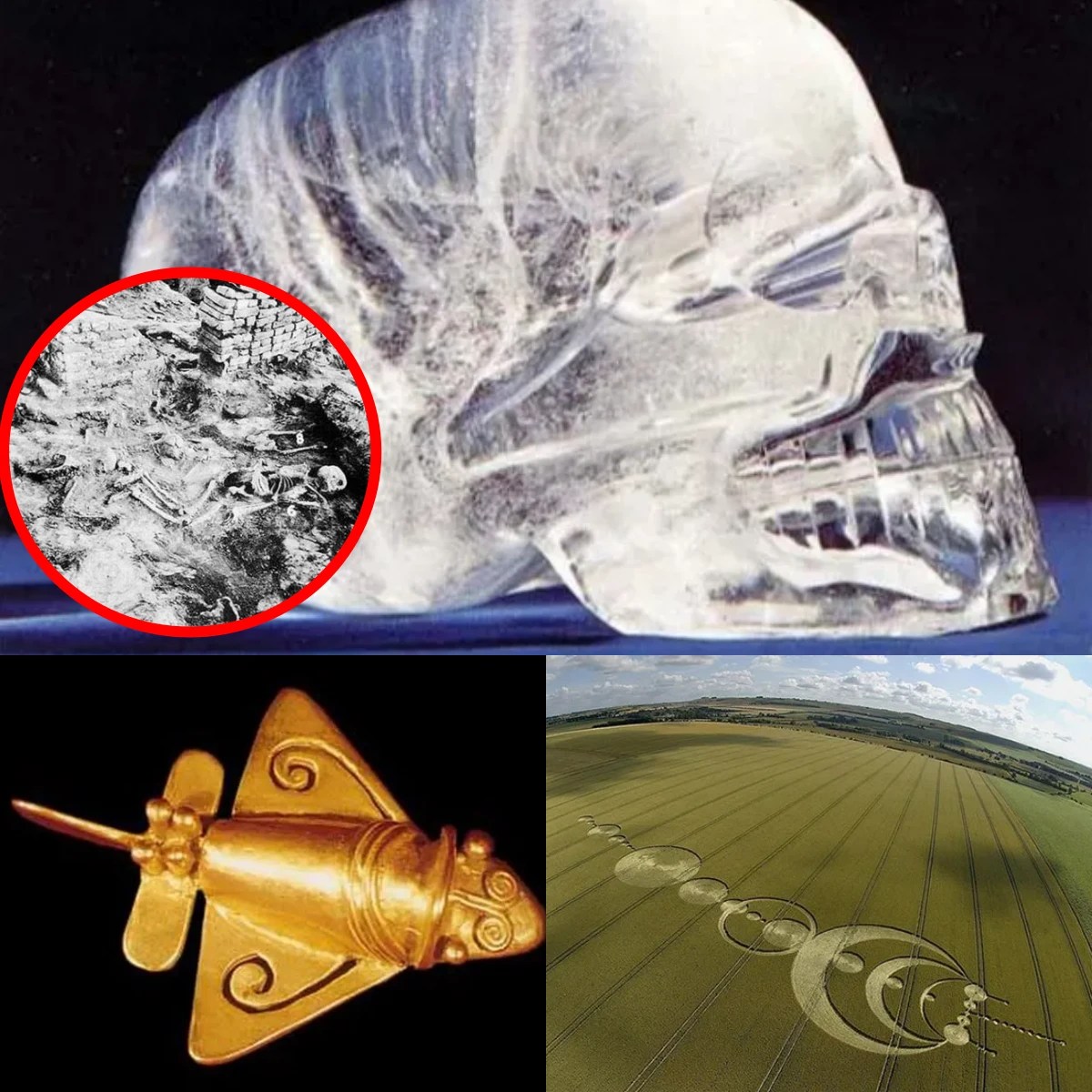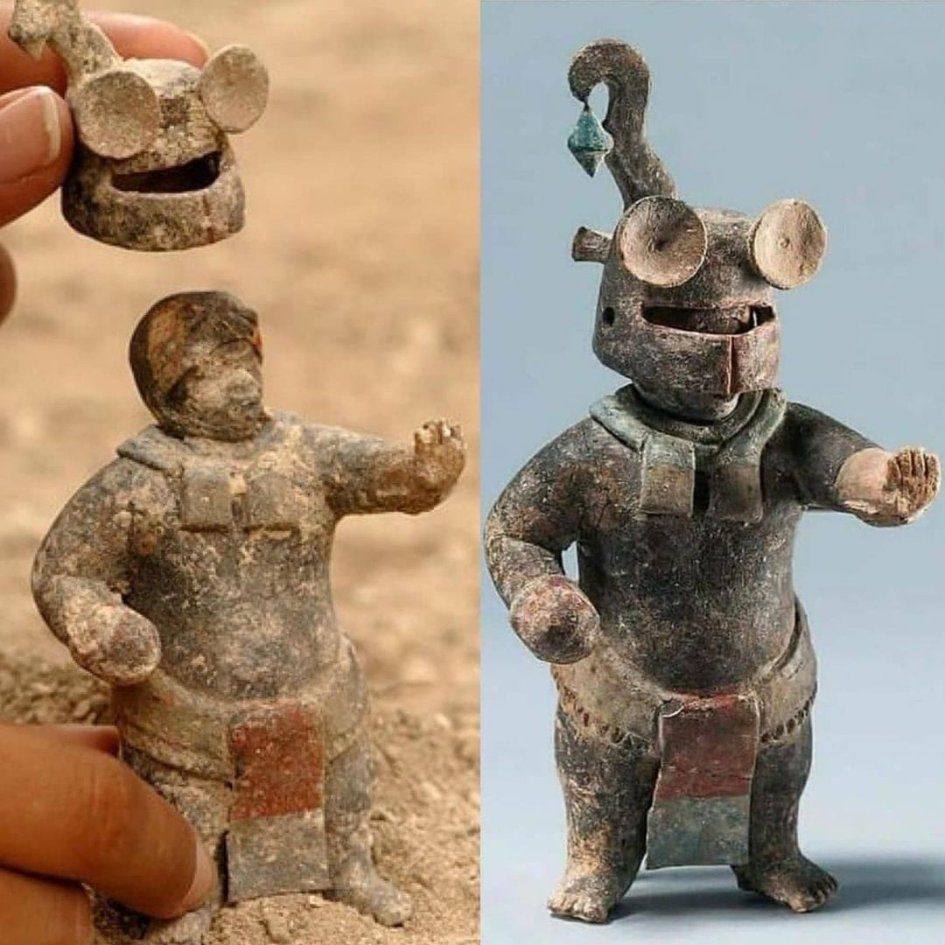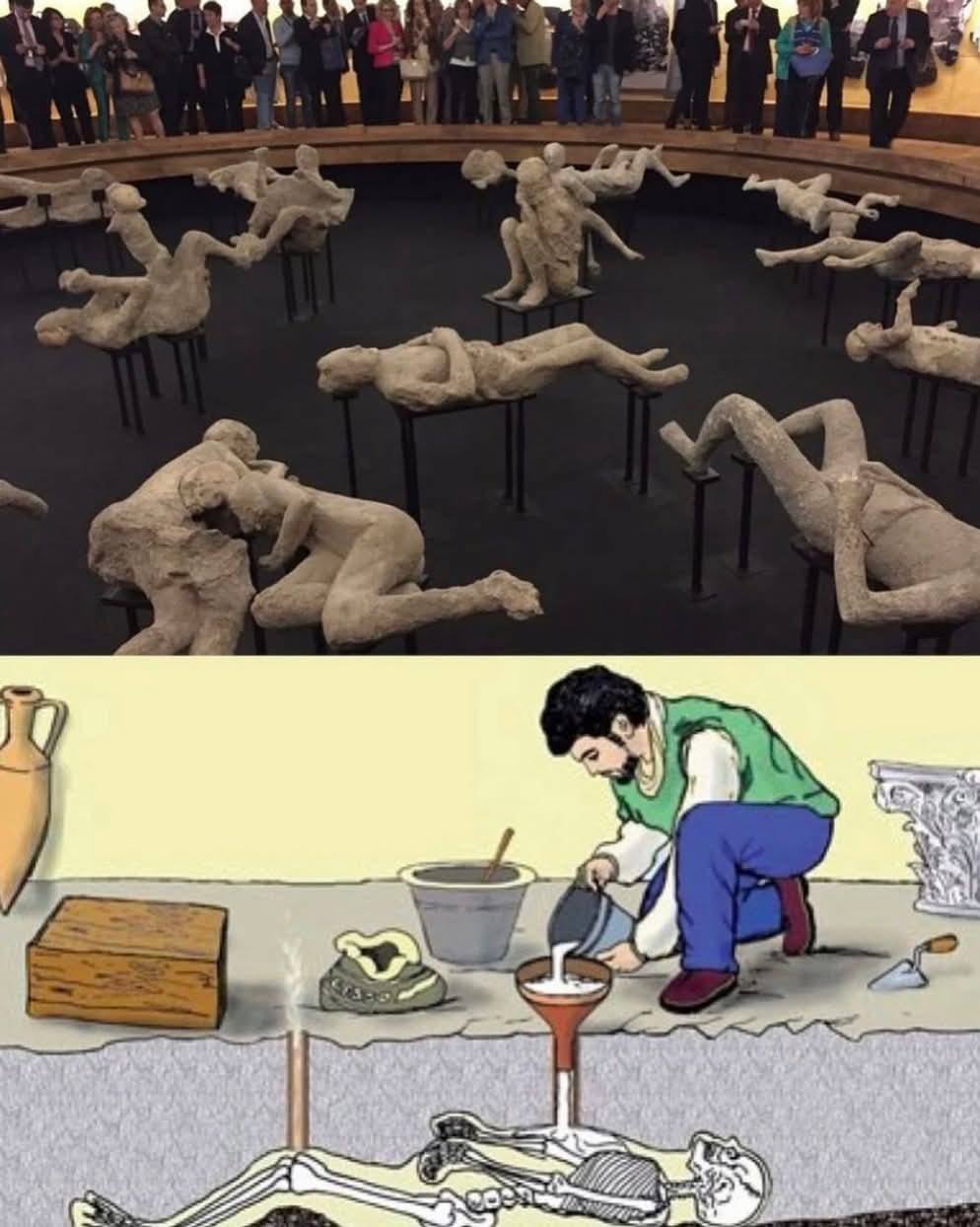14 Unsolved Mysteries: Science’s Quiet Challenges
Human civilization has entrusted science with the task of deciphering mysteries. Without disappointing that expectation, science has decoded most of the phenomena from simple to supernatural across the planet. But there are mysteries that will always be unknown. Because scientists around the world, no matter how hard they try to explain, still can’t find the answer. 8 cosmic mysteries that challenge the scientific world 5 archaeological mysteries that risk never being decoded 1. Signs of anomaly in the Baltic Sea A team of Swedish divers discovered a strange disk-shaped object with a large radius at the bottom of the Baltic…
5 min read









